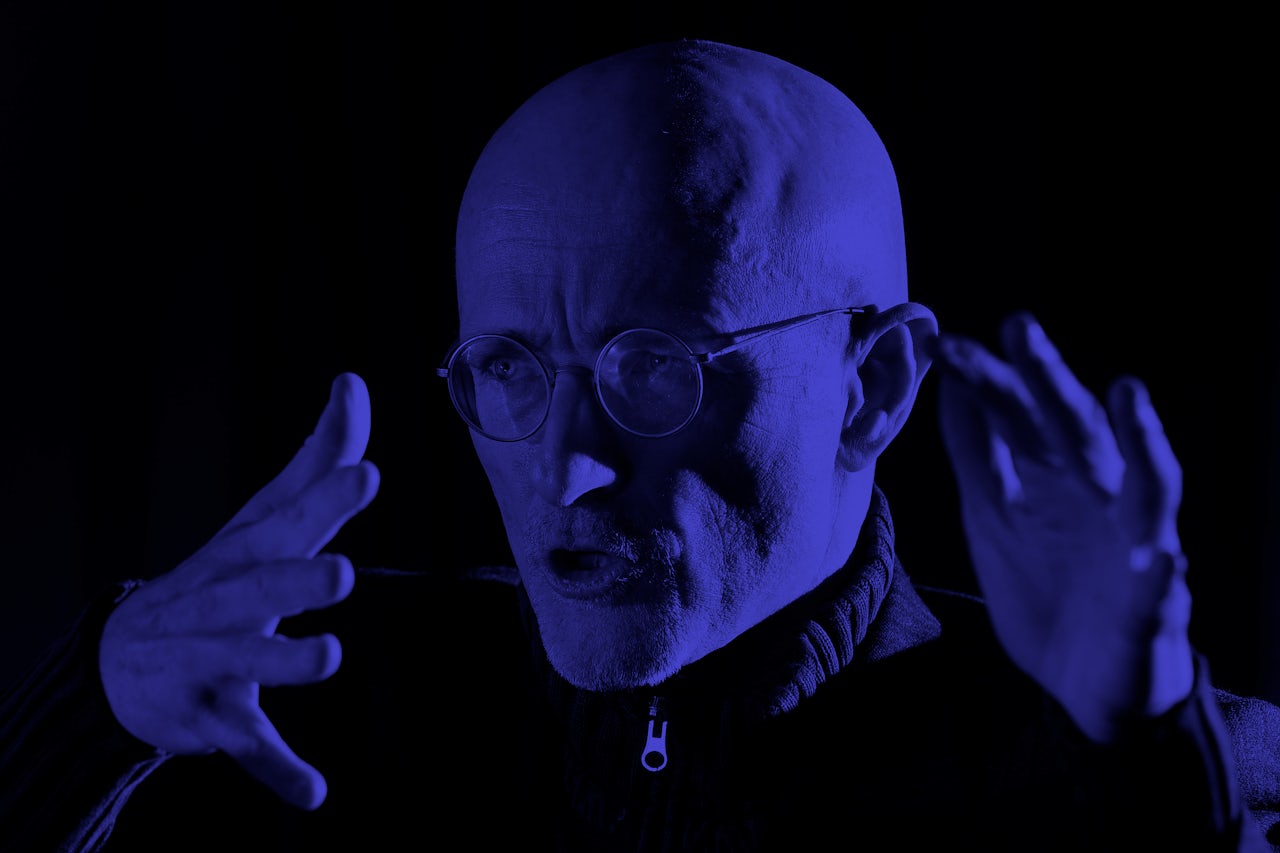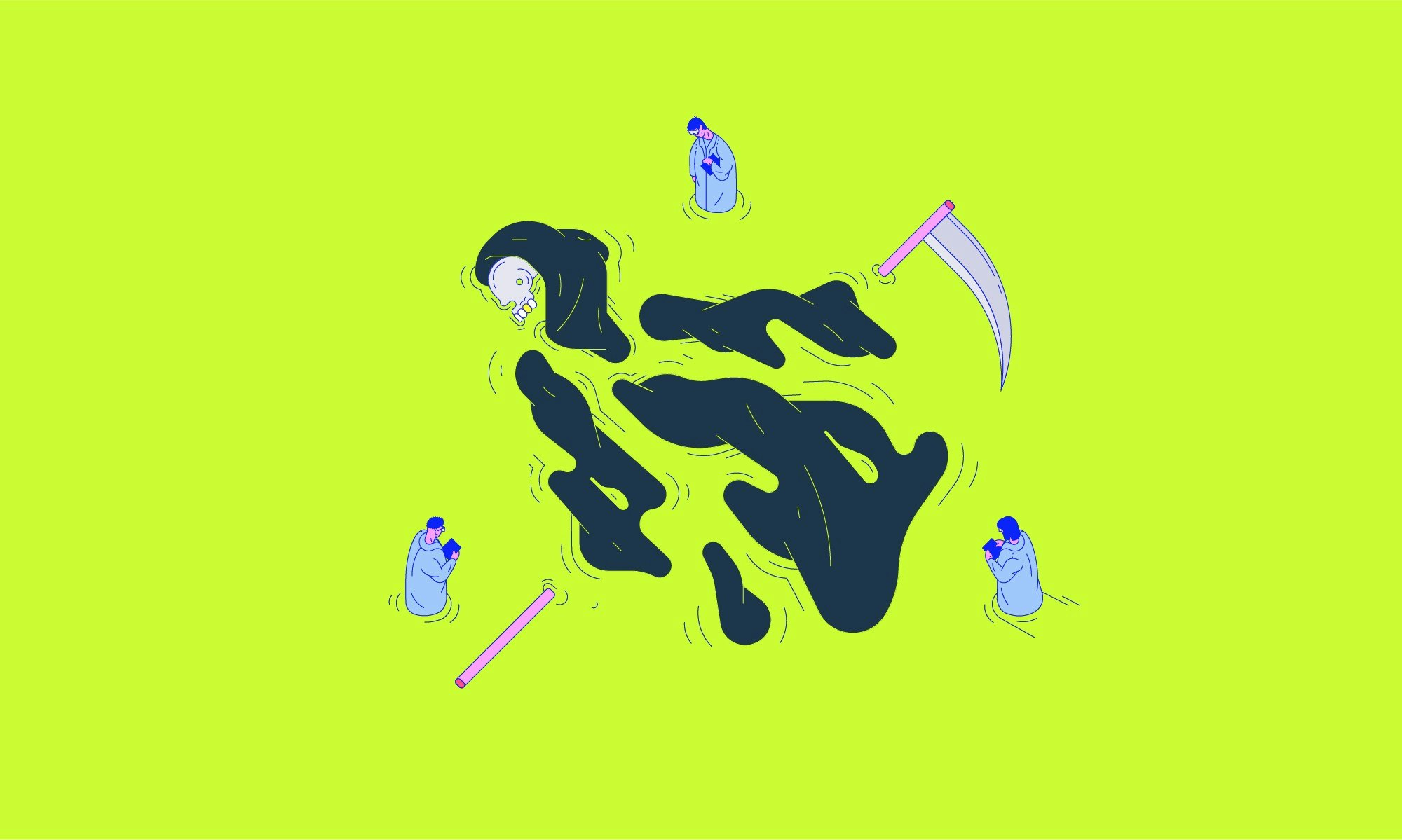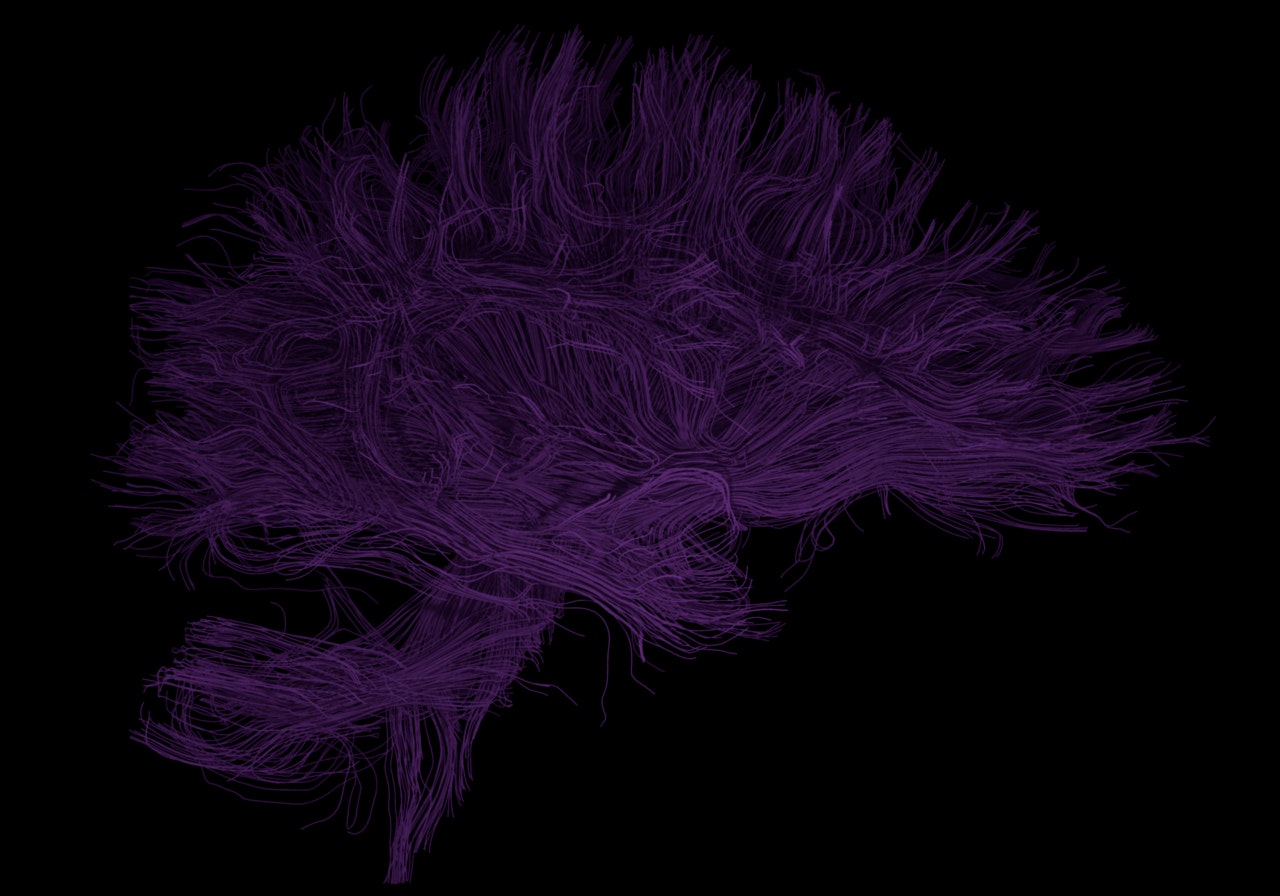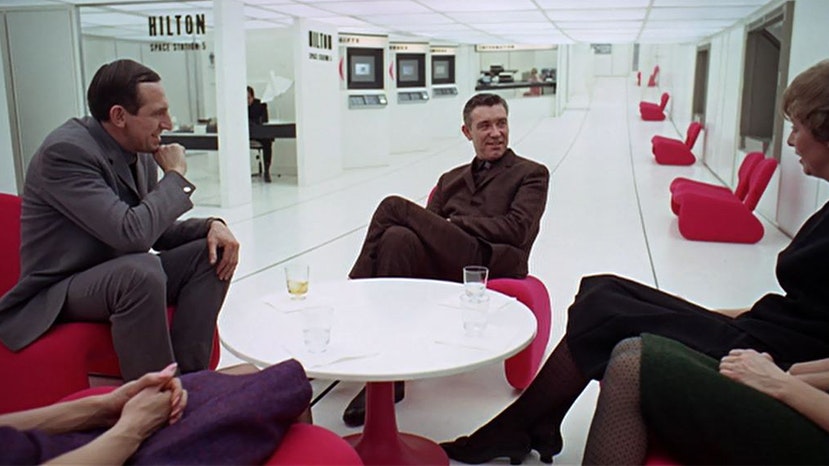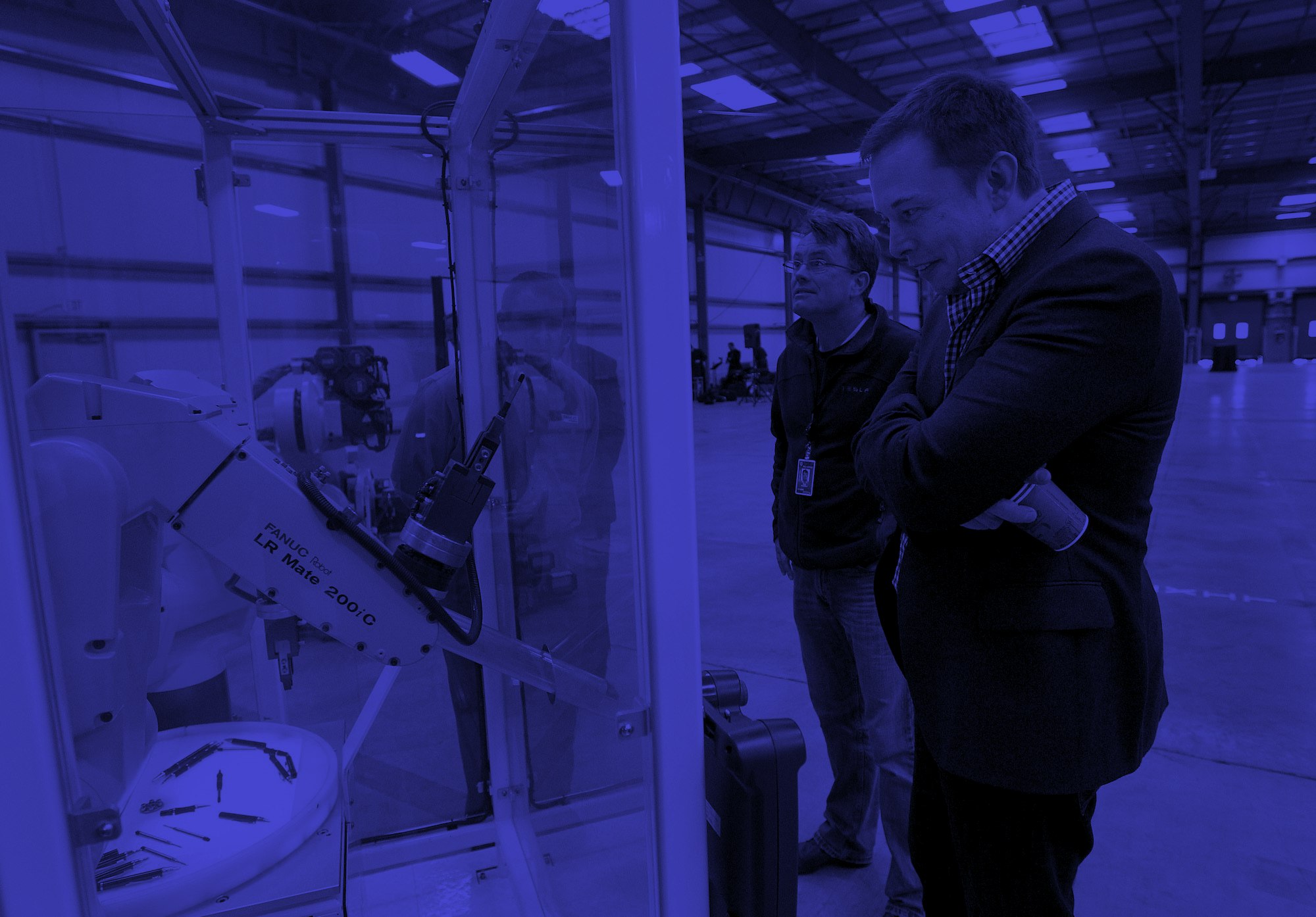Stories about the first human head transplant operation, supposedly coming in December 2017, are circulating again. But despite what you might have read or seen, humanity is not much closer to transplanting a human head to a new body than we were last year. Sorry to disappoint anyone looking to get their head transplanted.
The story is based on the work of one man: Italian neurosurgeon Sergio Canavero. Canavero started making headlines in 2013 with ambitious claims about the process he designed for a transplant of a human head — as in, moving a healthy human head from a subject with an unhealthy body to an otherwise-healthy, brain-dead donor body. Canavero’s claims have been alternately regarded as sensationalist, spurious, and ethically murky.
Since then, the doctor has periodically resurfaced in the news. Once, when he found a willing patient in Valery Spiridonov, a Russian man with spinal muscular atrophy in the form of Werdnig-Hoffmann disease; other times when he published papers, including two proof-of-principle studies last year as well as articles reviewing preliminary work on animals relating to his proposed procedure. Though published in the internet-only journal Surgical Neurology International, an important distinction here is that none of these actually involve a successful full transplant of any kind despite his claim to have successfully transplanted a monkey’s head. The papers addressing work with animals are, broadly speaking, about treating spinal cord injuries and issues.
There appears to be no initial update to set the media blitz off this time, however. It looks to be a case of what Slate refers to as “zombie science” where a piece of old research resurfaces and others assume it’s new. “A zombie research story doesn’t care for scientific truth,” Slate’s Daniel Engber wrote in 2015, “its only mission is to gobble up your clicks.”
A story published in the Poughkeepsie Journal in early March appears to have set off this recent resurgence of head transplant coverage. The newly revived zombie science began shuffling around the internet before being picked up in the neverending churn of native Facebook videos — like this one by science video producer Hashem Al-Ghaili, published on March 24, with 46 million views.
The author of the aforementioned Poughkeepsie Journal article, Eric Trump, is writing a book on organ transplants. He clarified that there was no new information about a possible head transplant, but he wanted to write about it anyway. “Even if it doesn't happen, the possibility of it is intriguing,” he wrote, “and that's what I was aiming to highlight.”
The newly revived zombie science began shuffling around the internet before being picked up in the neverending churn of native Facebook videos
When Canavero first announced the surgery, he targeted December 2017, “preferably around Christmas because of the symbolism (bringing HEAVEN to Earth),” Trump said in an email. He noted that Canavero's partner, the Chinese surgeon Dr. Xiaoping Ren who has experimented with mice head transplants, does not expect the surgery to happen for many years.
The most recent news out of Canavero’s camp was the announcement in November 2016 of a “smart surgical cutting device system” that includes a diamond cutting blade and virtual reality system designed specifically for the head transplantation process. Ostensibly, Canavero’s plan is still the same: induce the volunteer (possibly) to hypothermia via cooling unit, separate the head on both the donor and volunteer, swiftly move the volunteer head and carefully reattach, and then monitor the results in the sedated patient before waking them up to several weeks later. The whole thing supposedly requires a team of 150 doctors, so Canavero will have to convince a whole lot of people to go along with him. Oh, and he still needs someone to donate a body that will receive the transplanted head.
Canavero’s media representative did not respond to a request for comment on the current status of the head transplantation process.
